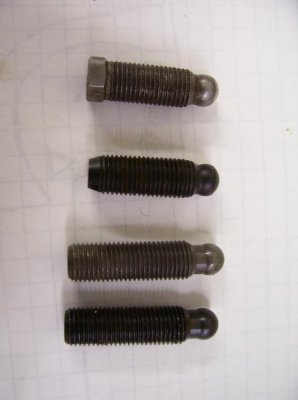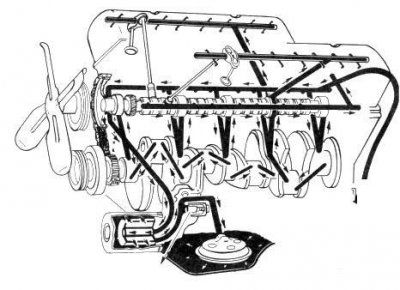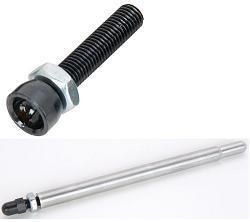lewtot184
Well-Known Member
picture of all the adjusters i've seen or used with the exception of harlin-sharp. the top adjuster is the interference thread used on 318 poly engines. the second is the early slotted head that has been obsolete for years and i believe to be the one that needs a couple of threads showing. the last two are what is currently availiable, to the best of my knowledge, and doesn't need threads showing due to it's extended length. if you compare the balls between the second and third you can understand why the second needs to be extended further below the rocker to clear higher lobe lifts. the second isn't an actual ball either. the third type was probably introduced due to higher lobe lifts and to keep the push rod cup from binding at steeper angles. anyhow, thats my take on the whole thing.


















